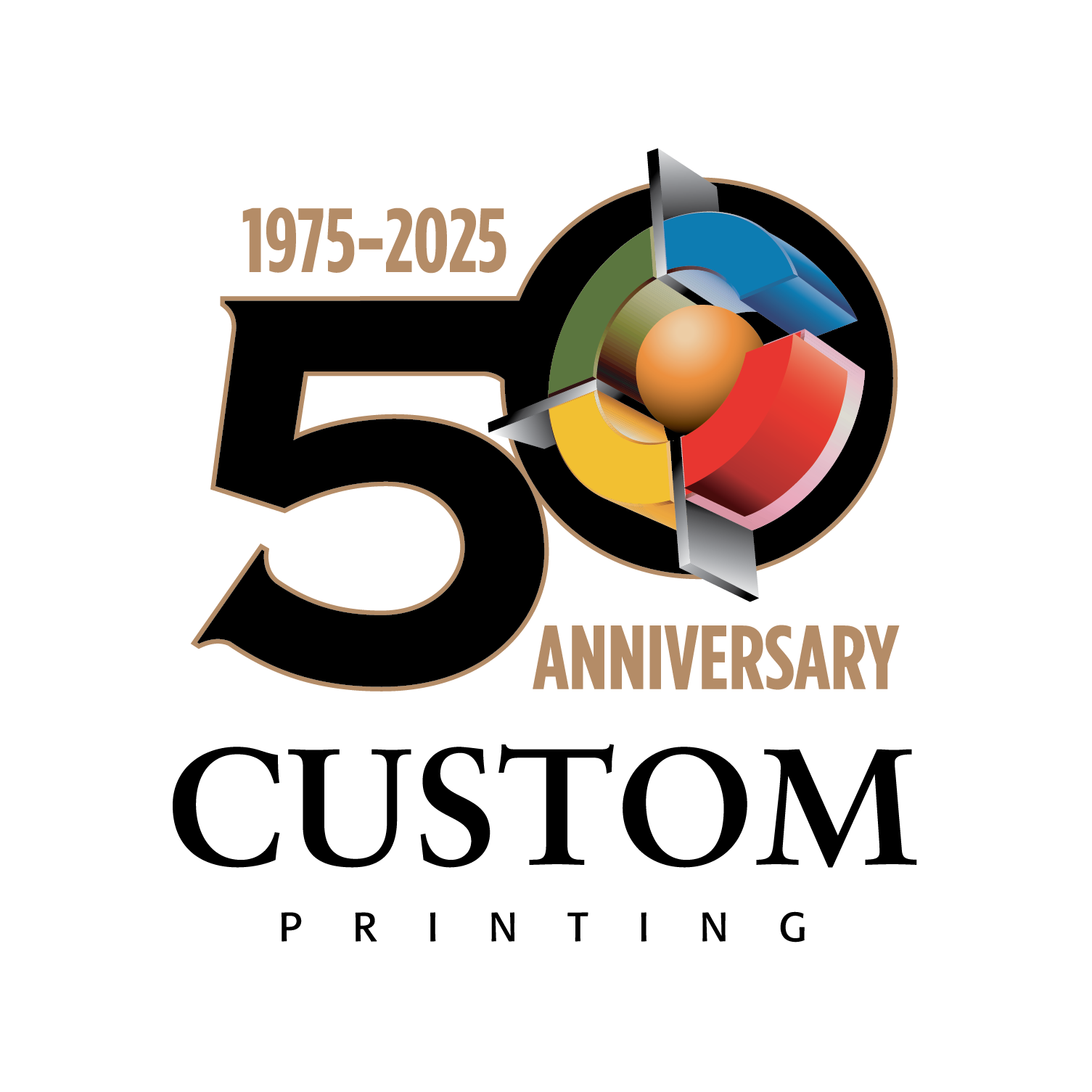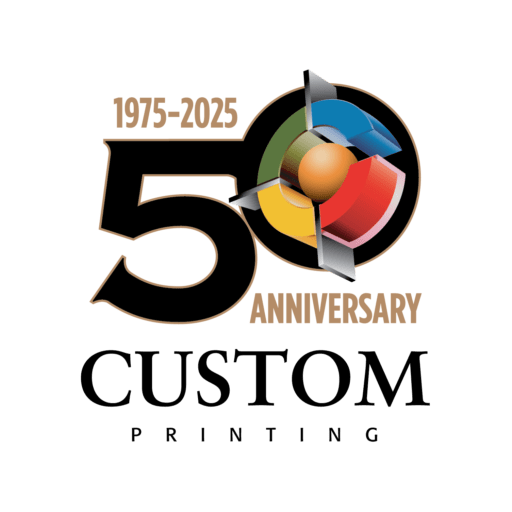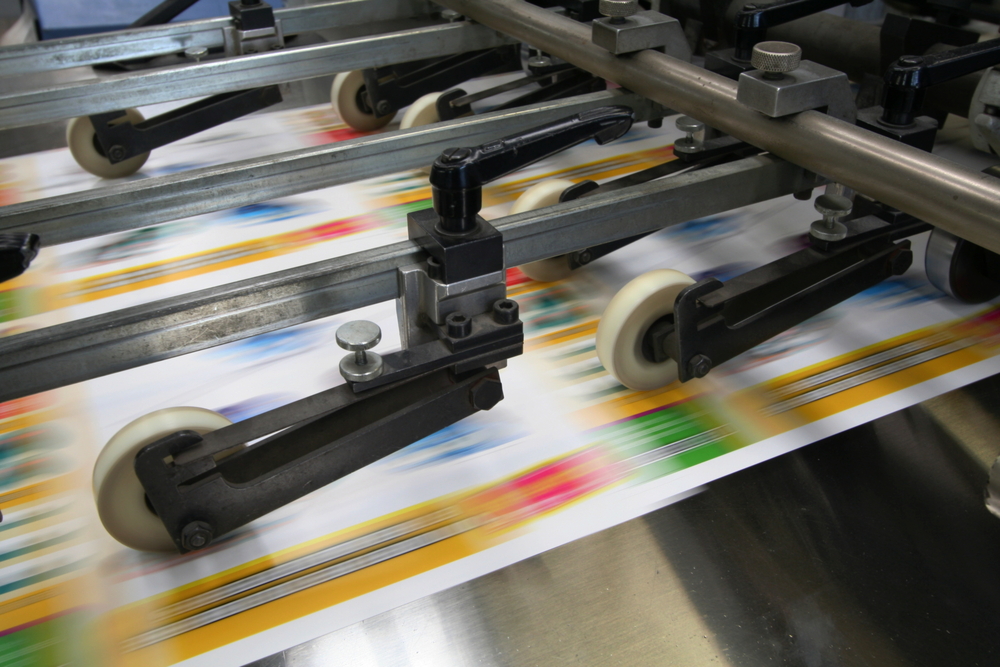Flyers have long been recognized as a powerful and cost-effective marketing tool, enabling businesses to reach a wide audience and convey essential information in a visually captivating manner. However, creating an effective flyer requires more than just throwing together some text and images. This comprehensive guide will unveil the key components of designing impactful flyers that resonate with your target audience and drive desired outcomes. With the aid of Custom Printing, your marketing efforts will soar to new heights.
1. Define Your Objectives
Before diving into the design process, it’s crucial to determine the objectives of your flyer. Are you promoting an upcoming event, launching a new product, or announcing a special offer? Clearly defining your goals will ensure that every design element reinforces your message and attracts the desired response from your audience.
2. Know Your Target Audience
Understanding your target audience is pivotal to designing an effective flyer. Conduct market research to identify their demographics, preferences, and behaviors. By gaining insights into their preferences and aspirations, you can tailor the design, color scheme, and message to resonate with your audience on a deeper level.
3. Craft a Compelling Headline
Captivating headlines are the gateway to grabbing your audience’s attention. Keep it short, direct, and compelling. Your headline should communicate the main benefit or message your flyer offers within a matter of seconds to engage potential customers and entice them to read further.
4. Include Persuasive Copy
Once you’ve grabbed their attention, captivate your audience with persuasive copy. Highlight the unique selling points of your product or service, emphasize the benefits, and use engaging language to create a sense of urgency. Make sure your message is concise and easy to read, using bullet points or short paragraphs to convey information efficiently.
5. Design Layout and Hierarchy
An effective flyer layout guides the reader’s eye through a deliberate hierarchy, ensuring key messages are easily absorbed. Use a grid system to structure your layout, allowing for a cleaner, more organized design. Place essential information in prominent positions to maximize readership and engagement, such as headlines, key imagery, and calls to action.
6. Harness Vibrant Visuals
Visual elements play a vital role in capturing attention and conveying messages quickly. Incorporate high-quality images, illustrations, or infographics that reflect your brand personality and connect with your target audience. Ensure relevant, aesthetically pleasing visual elements support your core message.
7. Choose Eye-Catching Colors
Colors hold immense psychological power, evoking emotions and influencing behavior. Select a color palette that aligns with your brand identity while considering its impact on your target audience. Use contrasting colors to create visual interest, guide the reader’s eye, and highlight important information.
8. Typography: Choose Wisely
Typography can significantly impact how your message is perceived and determine the readability of your flyer. Utilize fonts that align with your brand identity for consistency and legibility. Pair a bold headline font with a complementary font for body text to ensure clarity and readability. Avoid excessive fonts that may confuse or overload readers.
9. Strike a Balance
Achieving visual balance is essential to ensure your flyer is aesthetically pleasing and easy to digest. Distribute visual elements evenly using the rule of thirds or the golden ratio. Emphasize crucial information through size, color, or placement while maintaining sufficient whitespace for clarity.
10. Incorporate Clear Calls to Action
Your flyer needs a clear, concise call to action (CTA) to direct readers toward the desired response. Use actionable phrases and make it easy for your audience to take the desired action. Whether visiting your website, making a purchase, or attending an event, the CTA should be effective and straightforward.
Conclusion
Designing an effective flyer is a multi-faceted process that requires careful planning and attention to detail. By following the comprehensive guide outlined above, you’ll be well on your way to creating visually striking flyers that engage your target audience while clearly conveying your message. For professional flyer printing services that bring your designs to life and enhance the impact of your marketing campaign, trust Custom Printing.
Flyer Printing from Custom Printing
Custom Printing is here to transform your flyer design into a tangible marketing powerhouse. With state-of-the-art printing technology and a skilled team, we’ll ensure your flyers make a lasting impression. Contact us today to discuss your printing requirements and take your marketing efforts to new heights. Let’s create flyers that captivate, resonate, and drive desired outcomes together.


